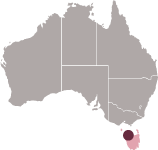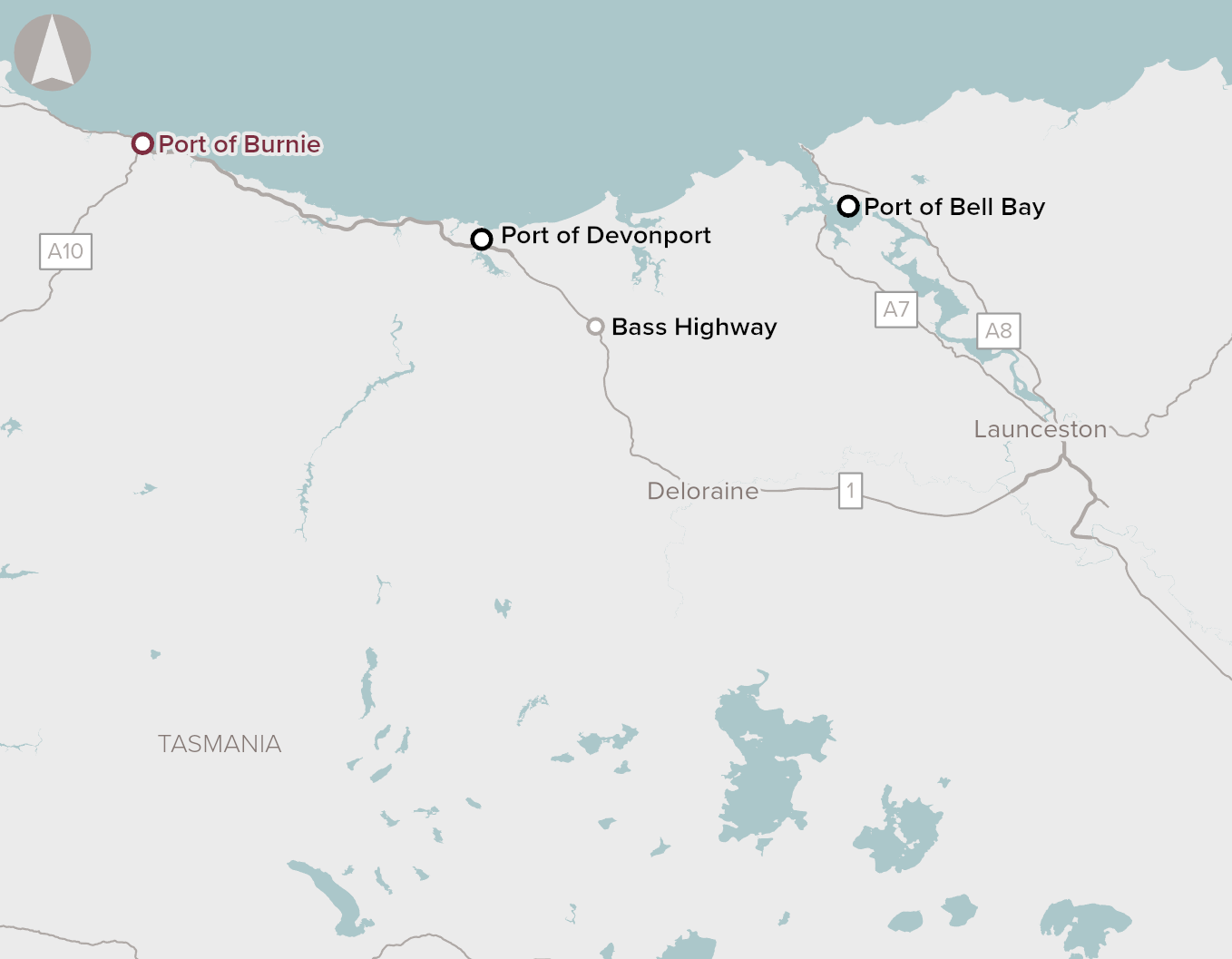

Port capacity and infrastructure at Port of Burnie, on the north coast of Tasmania, is limiting export opportunities.
Port of Burnie cannot accommodate vessels larger than Handymax size, which carry less than 60,000 tonnes. These vessels are too small to service the supply chain. The export terminal space at the port is limited and not fit for purpose, and multi-commodity logistics infrastructure does not meet the ports requirements.
Port of Burnie is Tasmania’s only multi-use seaport capable of expanding to be the state’s largest export gateway for bulk and containerised shipping.
The Tasmanian Government estimates that mining and minerals exports from Tasmania are capable of growing from 0.5 million tonnes per annum in 2019 to 6 million tonnes per annum by 2029. However, the current port capacity will limit this growth and increase supply chain costs for bulk exporters.
The 2019 Australian Infrastructure Audit found that Australia’s major container ports are becoming more productive, but continue to lag behind our trading partners for key indicators.
Our ports will need to continue to improve to ensure Australia is globally competitive.
Potential options to address the identified problems include additional berth and terminal capacity to support larger ships at Burnie Port, such as channel works to accommodate Panamax vessels (up to 14.6 m draft and carrying 65,000–85,000 tonnes).
Options could also include port infrastructure, ship-loading infrastructure and transport access improvements to service higher volumes of freight.
Proponent to identify and analyse potential investment options (Stage 2 of Infrastructure Australia’s Assessment Framework).


 EVALUATION COMPLETE
EVALUATION COMPLETE




